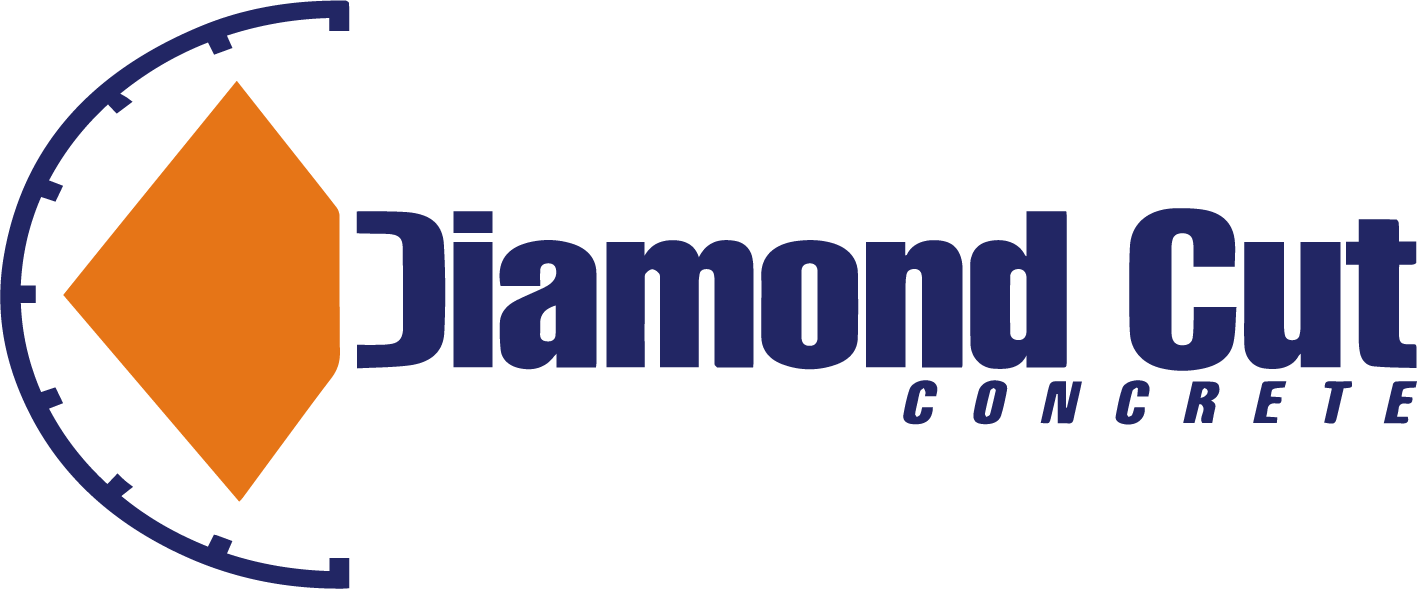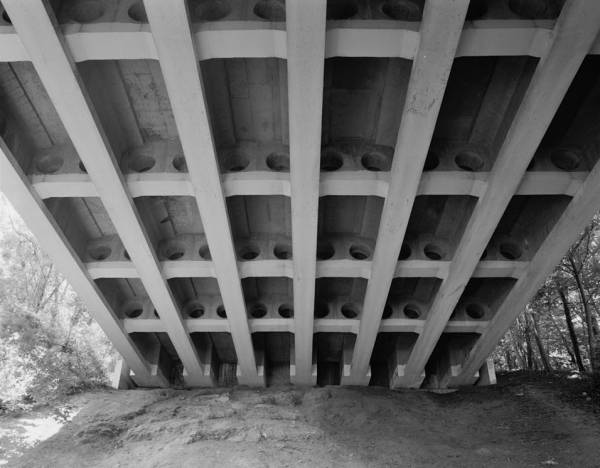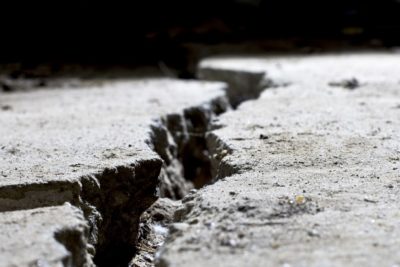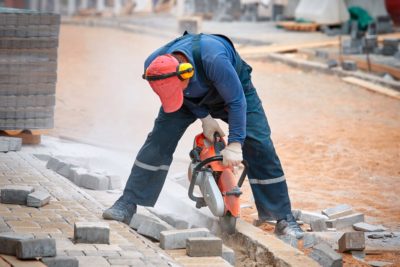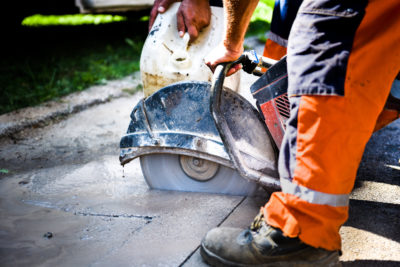If you’re planning your next construction project and beginning to look at what concrete products are available, you’ve likely seen precast concrete mentioned.
It’s important to understand just what this concrete is, its advantages and disadvantages, as well as how it is different from poured concrete before you decide whether this type of concrete is right for you and your project.
The Basics
Origins of Precast Concrete
Precast concrete dates back to the Romans, however, its modern form was first developed in the early 20th century by the English engineer, John Alexander Brodie. He discovered that you could more efficiently build a structure by combining precast elements.
It wasn’t until 1950 with the construction of the first precast concrete structure – the Walnut Lane Memorial Bridge in the USA – that precast elements began to be used to larger degrees in more complex structures.
How Is Precast Concrete Made?
Precast concrete is when concrete is poured off-site in a factory environment. Quality precast concrete molds are used to create the desired shape. These concrete molds are made from wood or steel, and may also include a wire mesh, rebar, or even prestressed cable if deemed necessary.
By including wire mesh, rebar, or prestressed cable, the concrete is made stronger. How? These components provide tension within the concrete, which is then released when the concrete is cured, providing further strength to the concrete. This prestressed concrete is ideal when used in structures where maximum strength is needed.
After the concrete is poured and has set, it is cured in a controlled environment. Once the concrete has been properly cured it is transported to the construction site and placed where it is needed.
If you’re interested in further details of the manufacturing process, the National Precast Concrete Association offers a virtual plant tour.
Precast VS Poured Concrete
Whether you’re working on residential projects, office buildings, parking structures or commercial buildings, by using precast products such as precast concrete slabs or precast concrete panels, you’ll have a broader scope of planning and design. This is thanks to the many advantages of precast concrete construction such as:
- Increased speed of construction
- Reliable supply of precast concrete products
- As the concrete is set and cured in a controlled environment, you do not need to worry about weather impacting the installation of concrete
- High level of durability, with the option of reinforcing concrete with wire mesh, rebar, or prestressed cable
- Fire resistant
- Wide range of shapes, designs, and available finishes
- Ability to have plumbing, electrical components, and more built into precast products
- Reduced clutter on the worksite
- Minimal waste
- The high thermal mass of the concrete means that precast concrete homes will have lowered energy costs using heating and cooling systems
- The simple design of precast products facilitates easy deconstruction, reuse, and recycling
- Fast design and construction due to pre-built precast panels which can be applied in wall systems, panel construction, stairs and more.
While there are many advantages of precast, it comes with its disadvantages too:
- Each panel variation requires a complex engineering design. Openings, bracing inserts, and lifting inserts can require particularly complex design solutions.
- The cost of the concrete products can be more expensive than alternative options available. However, it’s important to note that this cost is usually offset by simplified installation, reduced construction times, and a quickened project schedule.
- Electrics, plumbing, and gas must be accurately cast in, and they can be difficult to access later to adjust or fix.
- As most of these concrete products need to be lowered onto the worksite with a crane, your worksite needs plenty of room for maneuvering a crane. That means little to no tree cover or overhead cables.
- Temporary bracing requires both floor and wall inserts that will need repair afterwards
How does precast concrete compare to poured concrete though?
| Precast | Poured | |
| Preparation | You will need to excavate the land as needed. | Poured concrete requires both excavation and on-site forms to be built and placed. |
| Cost | The precast concrete cost per m2 ranges between $150 to $300. | The poured concrete price per m2 varies depending on what type of concrete and what finish you want. Expect to pay anywhere from $50 to $150 per m2. |
| Weather | Manufactured in a controlled environment. Unaffected by weather. | Bad weather can delay progress. Cold weather can increase curing time. |
| Strength | Precast products have specific strength requirements that must be met before the product can be sold. Therefore, the manufacturer can guarantee consistency and quality. | The quality of poured concrete can be affected by several factors. Temperature, wind, rain, and humidity can all impact the strength of poured concrete structures. |
| Quality | Ideal conditions are maintained for the manufacture of precast products. | Poured concrete is very dependent on the weather, meaning that quality can be inconsistent across not only projects but different sites where concrete is poured on the same project. |
What Is Precast Concrete Used For?
Due to the strength and durability of concrete construction, it should come as no surprise that building a precast concrete structure is perfect when your building needs to survive everything from wear and tear to severe weather.
Common precast concrete buildings and structures include:
- Parking Structures – the required durability and economy in parking structures means that some precast products are often used such as precast concrete slabs, precast concrete walls, and even precast concrete steps.
- Bridges – the use of quality precast elements will allow engineers to create a bridge that can blend into the surrounding environment
- Culverts – The quick installation afforded by precast products means that culverts can be installed with speed and efficiently
- Multi-unit housing, office buildings, hospitals, and schools – precast concrete homes have high levels of fire resistance and noise reduction thanks to the characteristics of the concrete itself
- Retail shopping centres – the versatility of precast concrete construction means that no matter where or what design your building takes you can be sure that installing any precast products – from precast concrete walls to precast concrete steps – will be easy
- Septic tanks
- Structures including building foundations, steps, retaining walls, curb inlets and catch basins
Types of Precast Concrete
There is a diverse range of high-quality concrete products available. They include:
Concrete Foundations
- Isolated footings
- Pocket footings
- Combined footings
- Precast piles
Structural Beams
- RCC beams
- Prestressed concrete beams
- Shell beams
Precast Concrete Slabs
- RCC slabs
- Prestressed hollow core slabs
- Prestressed solid slabs
- Double tee slabs
- Waffle precast concrete slabs
Precast Concrete Walls
- Precast concrete retaining walls
- Load bearing external walls
- Non-load bearing walls
Tips to Cut Precast Concrete
Cutting precast concrete can be tricky to get right. You need the right tools and techniques to make sure you’re getting the best quality cuts that you can. Some basic tips include:
- Work with a high standard of safety
- Use the right tools for each cut, and make sure to cut slowly
- Manage the dust on your worksite. Dust is a huge health risk, so take steps to control it.
- Know what’s underneath the concrete you’re cutting. You don’t want to cut into plumbing, gas, or electrical components. Check blueprints or use concrete imaging technology to check your concrete before you cut.
For more information on precast concrete, be sure to check out YourHome, the Australian Government’s guide to environmentally sustainable housing.
If you need your precast concrete cut, be sure to get in contact with the precast concrete Perth experts at Diamond Cut. From commercial buildings to precast concrete homes Perth experts at Diamond Cut can help with all concrete cutting, drilling, and scanning needs.
